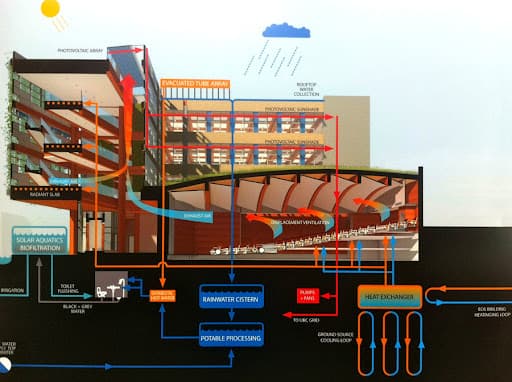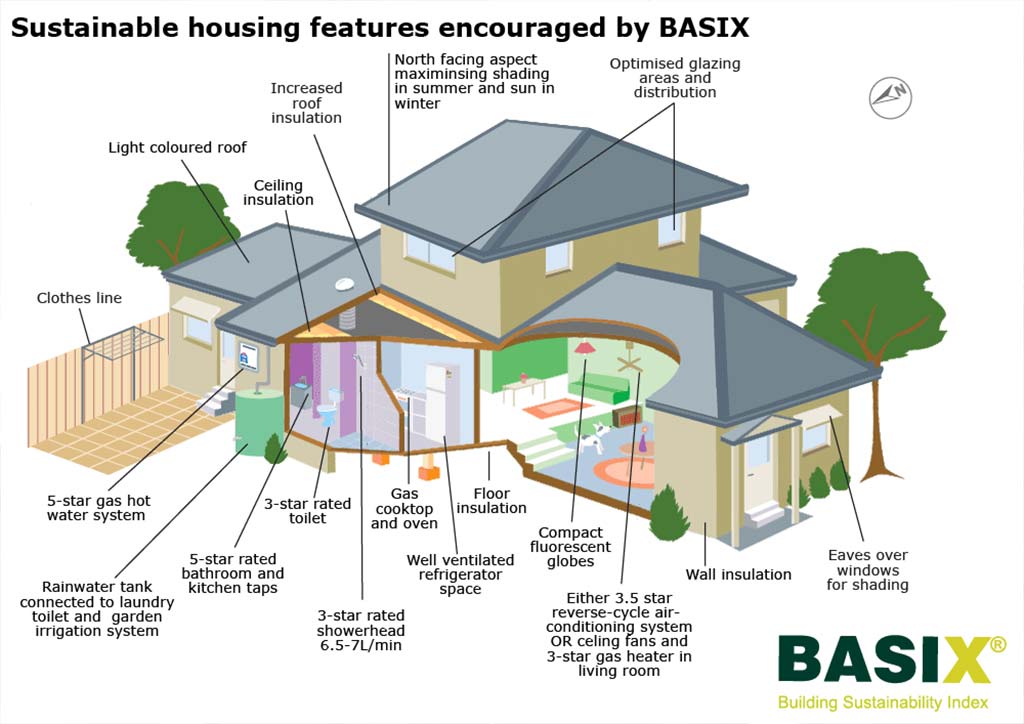Structure of Your Home's Plumbing System: Why It Matters
Structure of Your Home's Plumbing System: Why It Matters
Blog Article
Do you find yourself searching for know-how around The Inner Workings of Your Home's Plumbing?

Understanding exactly how your home's pipes system functions is vital for every single property owner. From supplying clean water for drinking, food preparation, and bathing to securely getting rid of wastewater, a well-maintained pipes system is critical for your family's health and wellness and convenience. In this detailed guide, we'll check out the complex network that comprises your home's plumbing and offer ideas on maintenance, upgrades, and dealing with typical problems.
Introduction
Your home's pipes system is more than simply a network of pipelines; it's a complex system that guarantees you have access to tidy water and reliable wastewater elimination. Knowing its components and how they collaborate can assist you protect against costly repair work and make sure every little thing runs smoothly.
Basic Parts of a Pipes System
Pipelines and Tubes
At the heart of your pipes system are the pipelines and tubing that bring water throughout your home. These can be made from various products such as copper, PVC, or PEX, each with its benefits in terms of resilience and cost-effectiveness.
Fixtures: Sinks, Toilets, Showers, etc.
Fixtures like sinks, bathrooms, showers, and bathtubs are where water is used in your house. Understanding how these fixtures link to the plumbing system assists in detecting issues and intending upgrades.
Valves and Shut-off Points
Shutoffs manage the flow of water in your pipes system. Shut-off shutoffs are crucial during emergency situations or when you require to make fixings, permitting you to separate parts of the system without interfering with water circulation to the whole home.
Water Supply System
Main Water Line
The major water line connects your home to the community supply of water or a private well. It's where water enters your home and is distributed to various components.
Water Meter and Pressure Regulatory Authority
The water meter measures your water use, while a stress regulator guarantees that water flows at a safe stress throughout your home's plumbing system, preventing damages to pipelines and fixtures.
Cold Water vs. Hot Water Lines
Understanding the difference in between cold water lines, which provide water directly from the main, and warm water lines, which lug heated water from the water heater, helps in fixing and planning for upgrades.
Water drainage System
Drain Pipes and Traps
Drain pipelines bring wastewater far from sinks, showers, and bathrooms to the drain or septic tank. Catches avoid sewer gases from entering your home and additionally catch debris that might cause obstructions.
Ventilation Pipelines
Ventilation pipelines allow air right into the water drainage system, avoiding suction that could slow down drainage and trigger traps to vacant. Appropriate air flow is necessary for maintaining the stability of your plumbing system.
Value of Proper Drain
Ensuring correct drainage protects against backups and water damages. Regularly cleaning up drains and preserving traps can prevent pricey repair services and extend the life of your plumbing system.
Water Heating Unit
Types of Water Heaters
Hot water heater can be tankless or traditional tank-style. Tankless heating systems heat water on demand, while tanks keep warmed water for immediate usage.
Updating Your Plumbing System
Factors for Updating
Updating to water-efficient components or replacing old pipelines can enhance water top quality, reduce water expenses, and raise the worth of your home.
Modern Pipes Technologies and Their Benefits
Explore technologies like smart leak detectors, water-saving bathrooms, and energy-efficient water heaters that can conserve cash and decrease ecological effect.
Cost Considerations and ROI
Calculate the in advance prices versus long-lasting cost savings when considering pipes upgrades. Several upgrades spend for themselves through lowered energy expenses and fewer repair work.
Just How Water Heaters Attach to the Plumbing System
Recognizing just how hot water heater attach to both the cold water supply and hot water distribution lines helps in identifying concerns like not enough hot water or leakages.
Maintenance Tips for Water Heaters
Routinely purging your water heater to remove debris, inspecting the temperature setups, and checking for leakages can expand its lifespan and improve power efficiency.
Usual Pipes Problems
Leakages and Their Reasons
Leaks can happen as a result of aging pipelines, loosened installations, or high water pressure. Attending to leakages quickly stops water damage and mold growth.
Obstructions and Obstructions
Obstructions in drains and commodes are usually brought on by purging non-flushable products or a build-up of oil and hair. Making use of drainpipe screens and being mindful of what drops your drains pipes can stop clogs.
Signs of Plumbing Troubles to Look For
Low water stress, sluggish drains, foul odors, or abnormally high water costs are indicators of prospective plumbing troubles that ought to be dealt with promptly.
Pipes Upkeep Tips
Regular Inspections and Checks
Set up annual pipes assessments to catch concerns early. Seek indicators of leakages, rust, or mineral buildup in taps and showerheads.
DIY Upkeep Tasks
Simple tasks like cleansing tap aerators, checking for bathroom leaks utilizing dye tablet computers, or insulating exposed pipelines in cold environments can avoid significant plumbing problems.
When to Call a Specialist Plumbing Technician
Know when a plumbing concern requires specialist competence. Attempting intricate repair work without correct understanding can bring about more damages and greater repair work costs.
Tips for Minimizing Water Use
Easy behaviors like fixing leakages without delay, taking shorter showers, and running complete loads of laundry and recipes can conserve water and lower your energy costs.
Eco-Friendly Plumbing Options
Think about lasting plumbing materials like bamboo for floor covering, which is durable and eco-friendly, or recycled glass for counter tops.
Emergency situation Readiness
Steps to Take During a Pipes Emergency situation
Know where your shut-off shutoffs are located and exactly how to shut off the water supply in case of a burst pipeline or significant leakage.
Importance of Having Emergency Get In Touches With Helpful
Keep get in touch with info for neighborhood plumbing professionals or emergency services readily available for fast response during a pipes crisis.
Environmental Impact and Conservation
Water-Saving Fixtures and Devices
Mounting low-flow taps, showerheads, and toilets can significantly decrease water usage without sacrificing performance.
Do It Yourself Emergency Situation Fixes (When Suitable).
Short-lived solutions like making use of air duct tape to spot a dripping pipeline or positioning a pail under a trickling tap can decrease damages up until an expert plumbing professional gets here.
Verdict.
Recognizing the makeup of your home's pipes system equips you to preserve it efficiently, saving money and time on repair work. By adhering to routine maintenance routines and remaining educated regarding modern pipes technologies, you can guarantee your plumbing system operates efficiently for several years to find.
The Anatomy of Your Home s Plumbing System
Understanding the anatomy of your home s plumbing system is essential for any homeowner. It not only helps in identifying potential issues but also facilitates effective communication with professionals when repairs or upgrades are needed. Your home s plumbing system is more than just pipes and faucets; it s a complex network that ensures the efficient and hygienic flow of water in and out of your house. In this blog, we ll dissect the crucial components of your home s plumbing system. For those in Antelope Valley, Brock Plumbing is your trusted partner for all your plumbing needs, ensuring your system functions smoothly and efficiently.
Water Supply System
Main Water Line: This is where your home s plumbing system begins. The main water line connects your home to the public water supply or a private well. Pipes and Shut-off Valves: Pipes distribute water throughout your home. Shut-off valves are crucial for controlling the flow of water and making repairs without shutting off the entire system. Drainage System
Drain Pipes: These pipes carry waste and water away from sinks, toilets, and showers. Vents: Vents allow sewer gases to escape and help maintain proper pressure in the drainage pipes, ensuring efficient flow of wastewater. Traps: Every fixture has a trap, a U-shaped pipe that holds water and prevents sewer gases from entering your home. The most common is the P-trap under sinks. Fixtures and Appliances
Fixtures and appliances are the most interacted with parts of your plumbing system. They include sinks, toilets, showers, dishwashers, and washing machines. Each fixture and appliance has its own supply and drainage connection, ensuring they receive clean water and can dispose of wastewater effectively.
Water Heating System
Your water heater is a crucial component, providing hot water to various fixtures and appliances in your home. It can be tank-based or tankless, with each type having its own set of advantages and maintenance requirements. Regular maintenance is essential to ensure efficient operation and extend the lifespan of the unit.
Sump Pump
In areas prone to flooding or with high water tables, a sump pump is an essential part of the plumbing system. It s installed in the lowest part of your basement or crawlspace and pumps out water that accumulates, preventing flooding and protecting your home from water damage.
Septic System
Homes that are not connected to a municipal sewer system have a septic system and an underground wastewater treatment structure. Understanding how to maintain your septic system is crucial to prevent backups, odors, and early system failure.
Conclusion
Your home s plumbing system is a complex and essential network, ensuring the efficient and hygienic flow of water in and out of your property. Understanding its key components helps in maintaining it properly and identifying issues before they escalate into major problems. For residents in Antelope Valley, Brock Plumbing is dedicated to providing top-notch services, ensuring that every part of your plumbing system is in perfect working order. Trust our team of professionals to handle all your plumbing needs, ensuring your home remains comfortable, safe, and well-maintained.
https://brockplumbinganddrains.com/blog/the-anatomy-of-your-homes-plumbing-system/

I discovered that review about when doing a lookup on the search engines. For those who enjoyed our blog posting if you please do not forget to pass it around. Thanks so much for your time spent reading it.
Call Today Report this page